Lighthouse Ghost Stories!
Last updated on October 29th, 2025
‘Tis the season to share scary ghost stories!
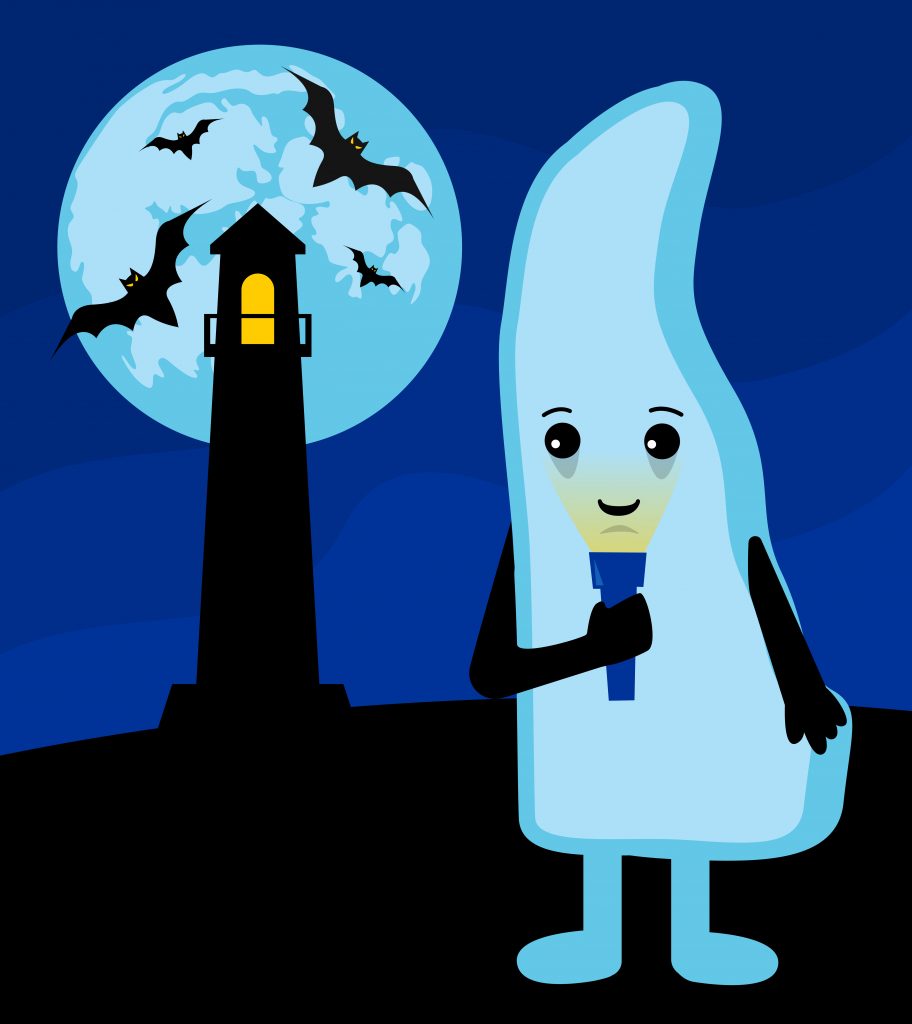
We’ve been talking a lot about the Lighthouse design system in this platform. But, in the spirit of the season, we thought we’d take a look at some of the spooky stories involving Delaware’s actual lighthouses.
We discovered some fascinating and freaky ghost stories! We make no guarantees as to the veracity of this lore, which is cobbled together from the spurious claims of many generations. But then again, sometimes truth is stranger than fiction!
There were twenty-seven lighthouses constructed during the early 19th century along the Delaware coast. Nine of those lighthouses (or newer versions of them) are still in use today.
Lighthouses are almost always perfect settings for some sort of ghost legend. By design, they’re built at the edge of the most dangerous waters and were often sites of unfortunate mishaps and tragic shipwrecks. In times of calm and of fury, lighthouses keep a solitary vigil, endlessly scanning for any more souls to pull through the gloom and fog.
They can be difficult places to get past, in more ways than one.
Screams From the Fourteen Foot Bank Lighthouse
This story is about the isolation of the job of lighthouse keeper, and the mental toll it was known to take on some of those willing to take the job.
As it turned out, a lighthouse in the middle of the Delaware Bay was not an ideal workplace environment for a man named Lewis Robinson more than a hundred years ago.
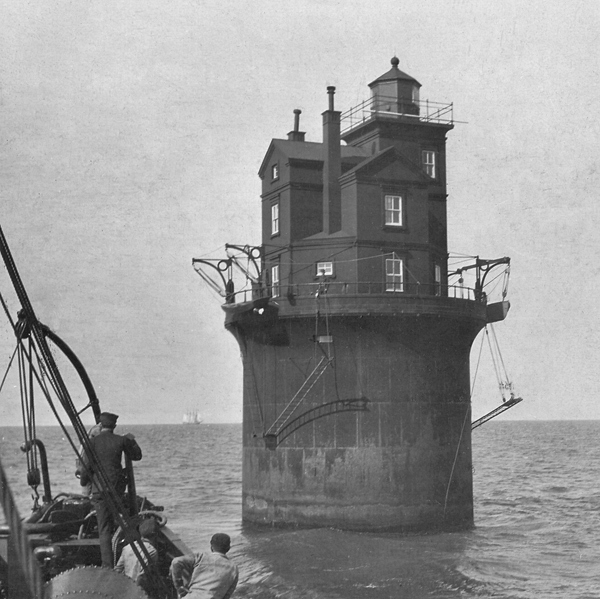
(Courtesy: US Coast Guard)
The Fourteen Foot Bank Lighthouse is about as isolated as it gets. It still stands very near the center of the Delaware Bay, about 12 miles off the shore of Bowers Beach. It was built as a solitary structure with no surrounding land.
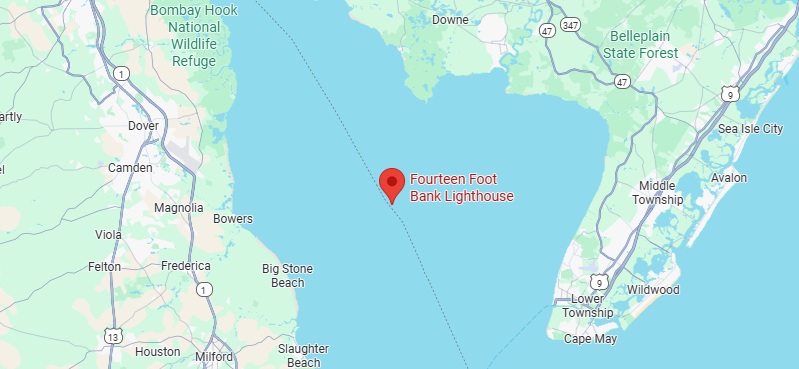
Lewis Robinson was the Fourteen Foot Bank keeper in 1910. In those days, a keeper’s tour of duty could last months, with no contact with other humans in between being dropped off and picked up. Early in one of his shifts, Robinson injured his leg. He was alone in terrible pain for weeks, and the pain was only increasing. His mental health began to suffer, as he lost sleep and tried to flag down passing ships for help, over and over to no avail.
His physical condition and mental state deteriorated to the point that he became convinced he was going to die. Tragically, he drank poison in an ill-fated effort to end his suffering. The poison actually increased his suffering as it led to an agonizing and slow demise that dragged on for several more weeks. Robinson must have realized his mistake, as he actually survived until his shift ended and his relief crew arrived, at which point he shared his story before finally passing away there at the Lighthouse.
Over the years there have been reports from people on nearby fishing boats and passing ships, claiming to hear loud and anguished screaming that they could not explain, and could never forget.
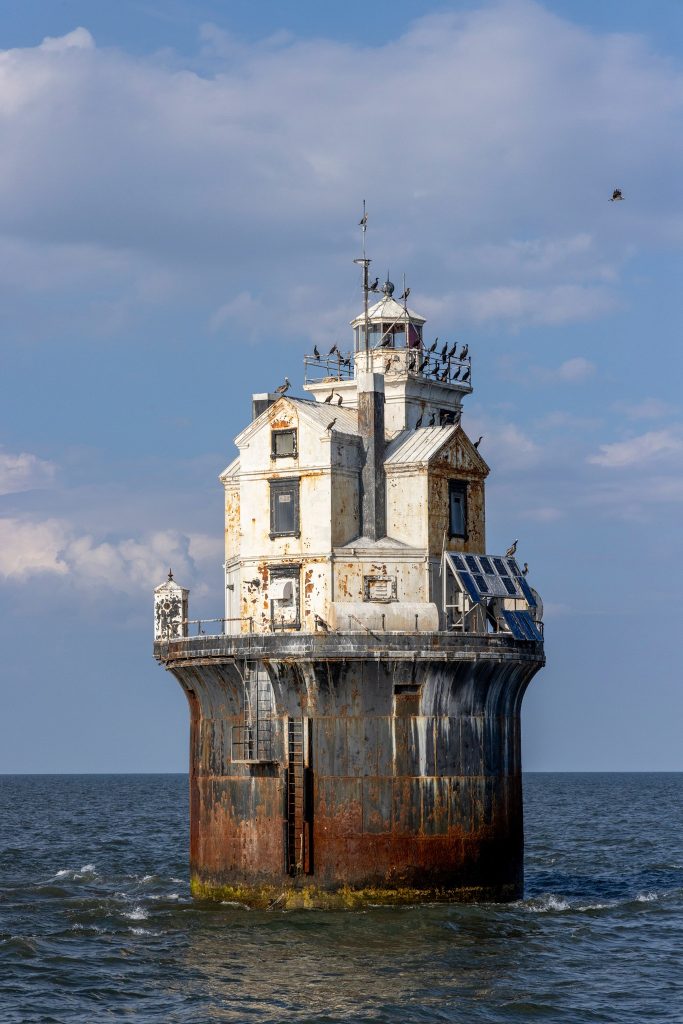
The lighthouse is now privately owned, and restoration efforts are underway. Want to see what it looks like on the inside these days?
The Corpse Light at Cape Henlopen
Delaware Bay shipping traffic is guided past Cape Henlopen by the offshore Harbor of Refuge lighthouse today. In the 18th and 19th centuries, a lighthouse stood on the cape itself. But this ghost story is about a phantom lighthouse that wasn’t there.
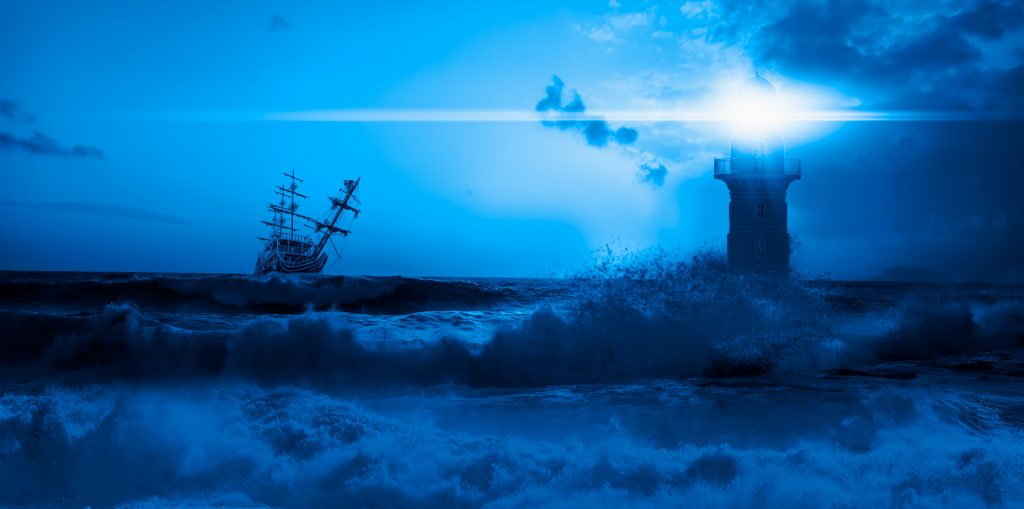
Known in Delaware lore as the Corpse Light, the legend holds that a beam of light would appear offshore where no lighthouse ever stood. The phantom beacon is blamed for luring ships to wreck on the shoals.
In May of 1798, the British warship HMS DeBraak sank on those shoals during a storm off the Cape. Captain James Drew and 46 other crewmembers died in the wreck. There was one survivor, who reportedly told the tale of setting course to follow a light that vanished before the ship was wrecked.
On moonless nights, the ghost of Captain Drew is said to be seen leaving the cemetery at St. Peter’s Church in Lewes, wandering in eternity in search of his lost crew.
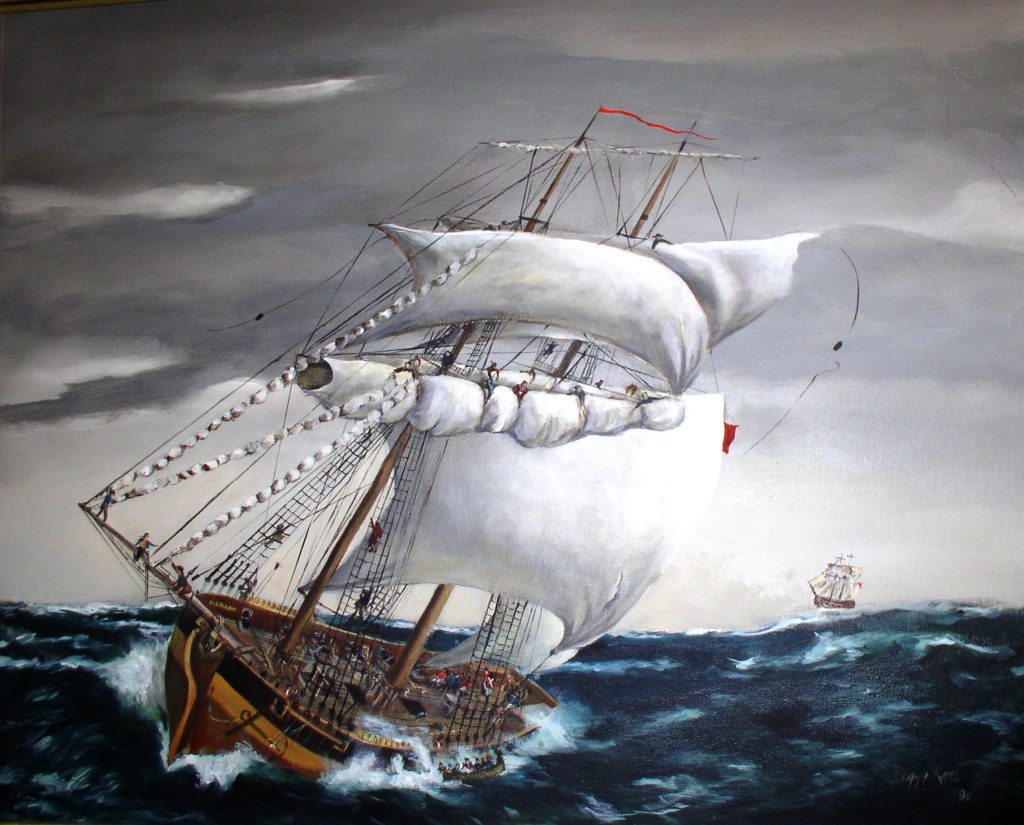
(Peggy Kane, 1990)
The Warning of the Sea Witch
Efforts to recover the cargo (treasure) of the DeBraak gave rise to a related ghost story. The shipwreck was said to be guarded by a phantom named the Sea Witch. Her horrific screams were said to scare off those in search of the sunken ship.
At the time, local fishermen claimed to have actually seen the Sea Witch, an apparition who was said to have warned them to stay away from the water before vanishing.
The Sea Witch ultimately didn’t fulfill the mission of the legend, as the wreck was discovered in 1986. The coins, jewelry, and treasure of the DeBraak are now on display at the Zwaanendael Museum in Lewes.
He Who Hesitates is Lost at the Breakwater East End Lighthouse
The Cape Henlopen Breakwater was completed in 1869 just inside the Cape, on the southern side of the Delaware Bay. The cost was more than two million dollars, but the project had become crucial.
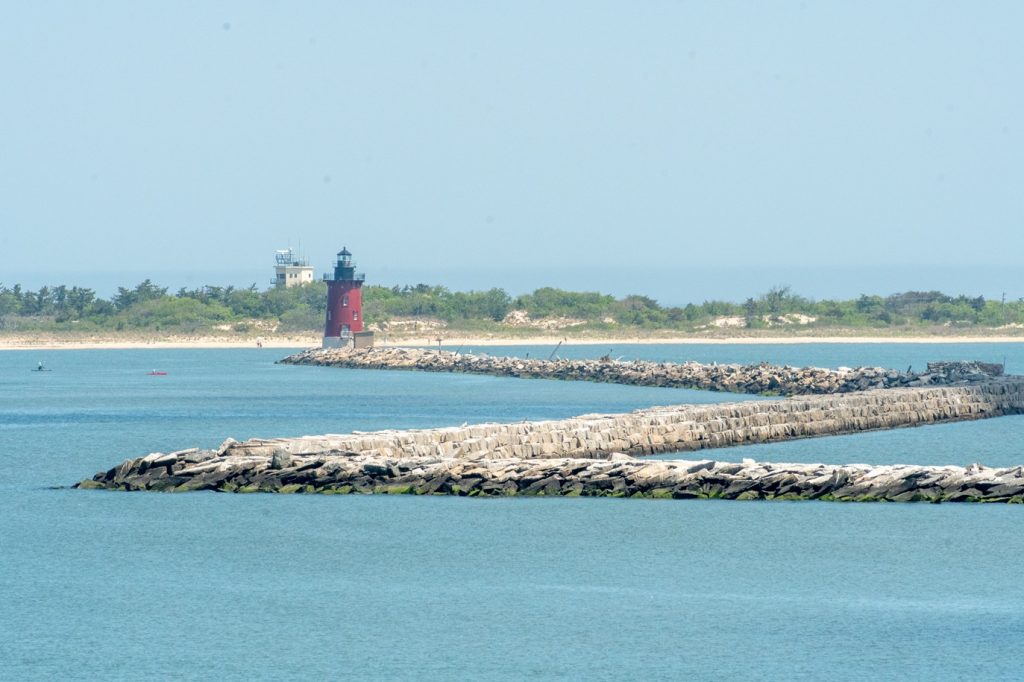
The construction was a response to the hazardous conditions of the Cape and the frequent shipwrecks that were occurring there, costing shippers millions more in losses. The massive breakwater provided a buffer between the rough seas of the Atlantic and the calmer Bay waters; an area that ships could take refuge behind to ride out a storm.
At the east end of the breakwater, a lighthouse was built to help ships navigate around the jetty.
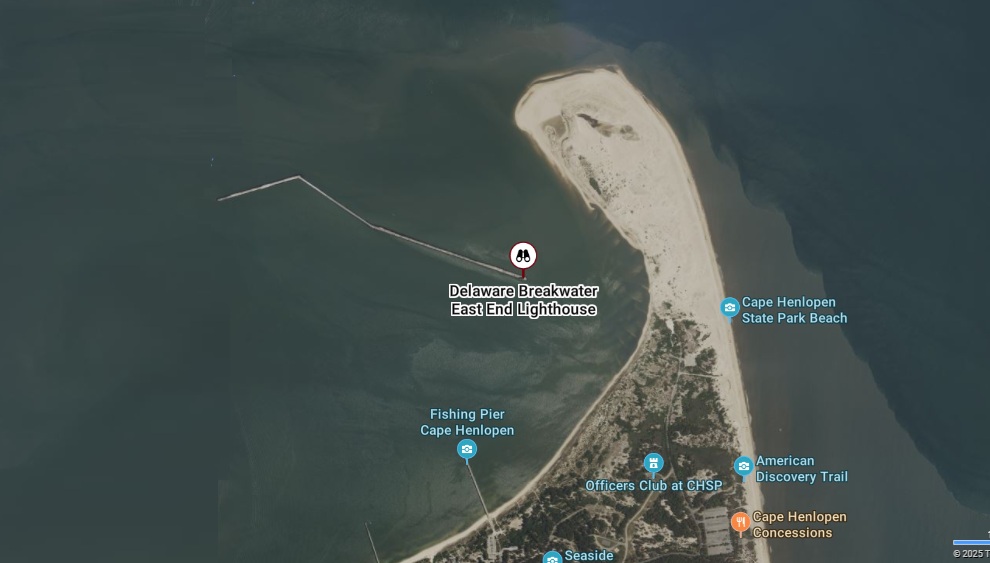
In the early morning hours of January 19, 1892, the ship Mary Rogers arrived in the area during a heavy storm that was pelting them with rain and sleet. As the ship became encased in ice, the captain anchored a few hundred feet from the lighthouse, hoping to ride out the storm behind the breakwater.
Despite being on what should have been the safe side of the rocks, the boat and its anchors were dragged by the rough currents and smashed back into the wall of the breakwater. With the Mary Rogers taking on water and rapidly breaking apart, its crew quickly fashioned a bridge from the ship to the jetty, allowing the Captain and several crewmembers to crawl across to safety.
The sailing master was an older man in bad health named William Landrey, and he first refused to follow the crew across the rickety bridge.
The crew reported that he was paralyzed by fright, unable to move as the crew begged him to come across.
But as they tried to convince him, the fierce waves broke the makeshift bridge to pieces.
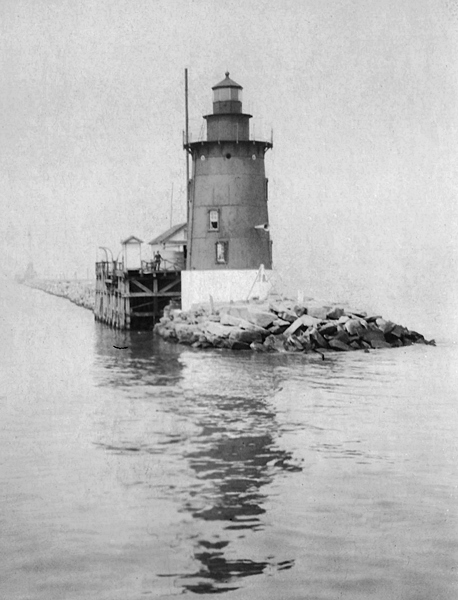
(Courtesy: US Coast Guard)
The crew pleaded with Landrey to jump into the water and swim toward the jetty, which he finally did, but he was battered and cut badly by the debris of the deteriorating ship. They were able to pull him from the water, but he died at the Lighthouse that day from his injuries.
Landrey’s spirit is said to have never left the Lighthouse. Visitors report hearing footsteps, having belongings moved from where they had been left, and tour guides share that windows they were sure had been shut are somehow reopened. They joke that Landrey must be trying to air the place out again.
So, what do you think? Are you a believer or a skeptic? If you’re brave enough, you can always go investigate claims about Landrey’s ghost and other Delaware haunts for yourself. There’s even a Spooky Lighthouse Tour that will take you there to investigate for yourself directly from the Lewes Ferry Terminal!
Returning to the material world of Delaware state government websites — as we must — we can promise you that the GIC Lighthouse is completely non-spooky. In fact, it was designed to provide comfort and security through the uncharted waters of accessibility compliance… something your visitors will appreciate all year round!

We now return to your regularly scheduled, less-terrifying blog content!
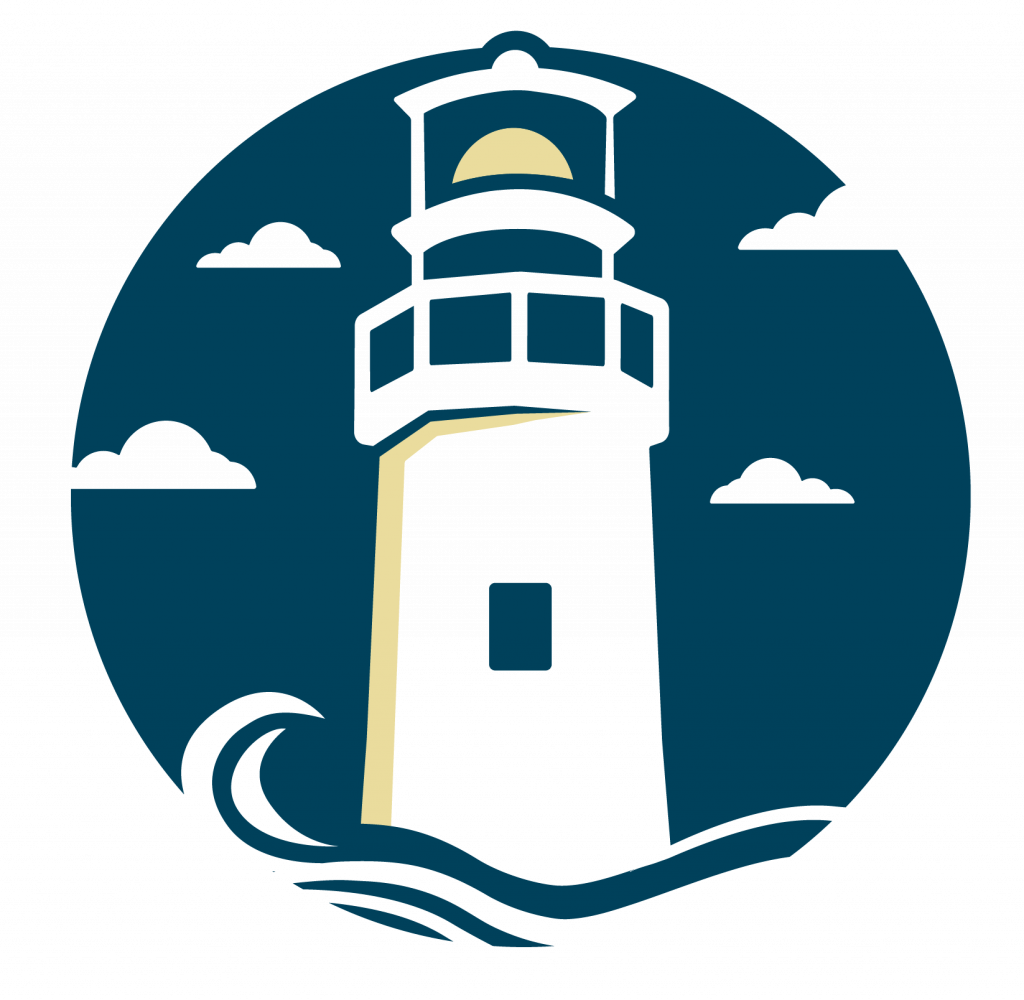
Read more articles about: Lighthouse.
Subscribe Now:
Follow our blog for the latest GIC updates, accessibility tips, and dev trends affecting Delaware agency websites.
Browse by Topic:
- Accessibility
- Accessibility Newsletter
- Announcement
- CLF
- Content Strategy
- Data
- Design
- Lighthouse
- Livestream Production
- Uncategorized
- User Research
- Video Production
Browse by Date:
- December 2025
- November 2025
- October 2025
- September 2025
- August 2025
- July 2025
- June 2025
- May 2025
- April 2025
- March 2025
- February 2025
- January 2025
- December 2024
- November 2024
- October 2024
- September 2024
- August 2024
- July 2024
- June 2024
Feedback:
Have an idea for a blog post or feedback on an existing post? We would love to hear from you!





